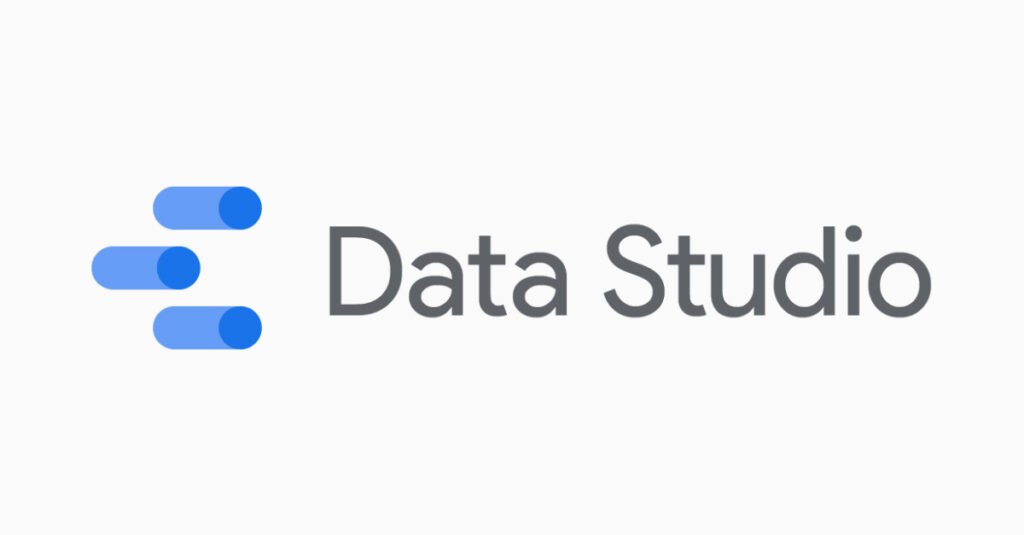You can’t get about as a digital marketer without, at some point, trawling through a mass of data. It’s everywhere – in our apps and software – and has become the bread and butter for most marketing professionals. Data reports help content marketers draw intelligent insights, focus campaigns, and predict customer behaviour. At Fifty Five and Five, it forms the basis for most of the work that we do.
BUT, too much of a good thing is not always a good thing. Too much data can be difficult to manage, especially when marketers lack time and resources. For each of the marketing products that we use (YouTube, Google Ads, etc.) there is a correlating stream of data, which can be downloaded and analysed for better results and more intelligence-driven campaigns.
However, we (and most marketers) use A LOT of marketing platforms. In theory, this means we can download data from several sources and provide extensive data reports. In practise, it means a lot of downloading and collating of data, followed by lots of individual profile analysis.
Sound tiring? Well, that’s because it is.
Enter Google Data Studio
This makes data reporting and analysis a whole lot easier, since all the data is in one place. Whatever the source (Google Ads, Google Analytics, Google Search Console, Sheets etc.), users can access data within a single dashboard. If you’re a marketing professional using multiple platforms, and pulling weekly reports from each, Google Data Studio will save you a lot of time.
Like any great tool, Google Data Studio has lots of other benefits. Here’s just a few…
Pretty data reports 💁♀️
Who doesn’t love a pretty data report?! Most content marketers certainly do. Think bright colours, lots of graphs and a wide range of designs. In Google Data Studio, there are plenty of pre-designed report templates to choose from. Or if you’re feeling artistic, you can create your own.
Time-saving automation
Let’s face it, manual data reporting is boring. It takes time and, if you’re providing regular reports for clients, will eat up a chunk of your week. But with Google Data Studio, reporting can be automated, which essentially means less time generating reports and more time analysing them.
Sharing is caring
Looking at a data report and have no idea what any of it means? No problem! Google Data Studio makes report sharing and collaboration easy. Choose between viewer or editor access permissions and ask a colleague to help you out.
Choice of export
When it comes to data reporting, we all have a preference. And so do our clients. Prefer data in a graph? Or an Excel sheet? Want to view it all in one PDF? Google Data Studio lets you export reports in a range of formats, allowing you to cater for every client.
Interactive dashboard
Analytics reports from marketing agencies will typically be static PDFs. These are fine for a few metrics, but when your client wants to build a bigger picture, static data isn’t of much use. Google Data Studio reports are interactive, allowing the user to set parameters for metrics and drill down into the data that matters.
Filter away
Faced with a tranche of data and don’t know where to start? Google Data Studio’s advanced filters makes data reporting and analysis easy. Narrow down by location, account, or campaign and focus on the data which best tells your story.
Free, free, FREE!
Yes, it was music to our ears too. A tool that is both useful and FREE. Say no more.
Mix it up
Not only can you access data from the different apps (and there’s a LOT of them); you can mix it all together into one big data cake. A sprinkle of Google Ads, a dash of Analytics, and poof – you have the full picture. This is particularly useful when building more comprehensive data profiles for clients and creating data-led campaigns.
More than an analytics tool
For the content marketers at Fifty Five and Five, Google Data Studio is more than an analytics tool. It’s an umbrella platform for the Google stack of apps, allowing us to aggregate data easily and tell a data-driven story. We use Google Data Studio for a number of reasons: to create data reports automatically, to collaborate better within our teams, to narrow down data fields and uncover trends.
Mainly, it allows us to take a deep dive – to not only report on data (and believe us, many agencies will do just this) but to understand it. And to pass that information onto our clients.
How do we use Google Data Studio at Fifty Five and Five?
At Fifty Five and Five, we mostly use Google Data Studio for our clients. The Performance Marketing team (Martina, Charlotte, James, Demi, and Maria) spend four hours a month per client, pulling off analytics data and interpreting it.
So why Google Data Studio? Because it saves us time. Rather than creating manual data reports for each client, a time-sapping task, with Google Data Studio all reports are automated. Thus, giving our team more time to spend on other, more valuable tasks.
Additionally, Data Studio reports are interactive. Users (our team and clients) can interact with the data in real-time, changing the parameters (e.g. location) to build more representative reports, or switch between metrics. Real-time filtering allows our clients to pick out the information they need and tell the story they want to. Many agencies still provide static PDF reports, so Data Studio reports help us to go the extra mile for clients.
Are there any drawbacks?
Of course, there are drawbacks to using an interactive platform. We find that reports take longer to load the more complex they are. The dashboard is made up of some complex functions and when many metrics are included, these can take a while to appear.
Google is aware of this issue and reports that a large amount of complex data flowing into a report is responsible for its slow performance. Nonetheless, benefits of an interactive report – compared with a static PDF – still outweigh this negative. We find that having flexible parameters and a broad range of metrics is a huge asset for our clients.
The why, what and how at Fifty Five and Five
At Fifty Five and Five we like to start our meetings with the question “Why“?
- Why are you using this channel?
- Why do you write about this?
- Why does your brand look like that?
It’s the “fifty-five” part of our name, after all.
Then, the “why” leads to the what and the how (the “and five” in Fifty Five and Five). It ensures our clients understand the reasons behind their marketing decisions and, if those decisions don’t make sense, to find a new path. A complete set of data, and the expertise to understand it, helps provide clarity on the “why“? Marketing should always be data-led, and Google Data Studio is just one tool that helps us to achieve this.
Looking to improve your marketing strategy?
If you’d like to see how we can put our process to work for you and transform your marketing results, get in touch with us today.

